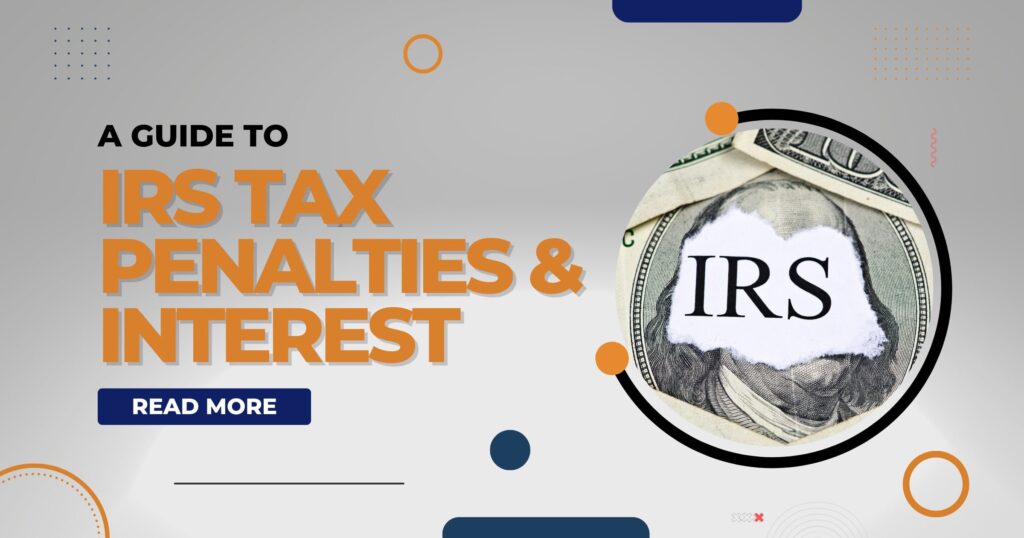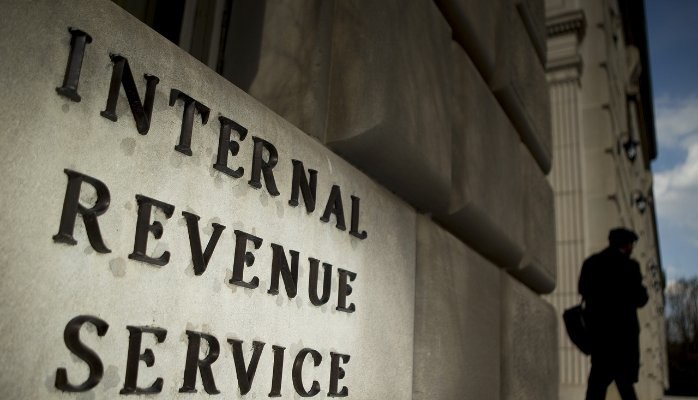The Internal Revenue Service said Monday that over $1 billion in unclaimed tax refunds for 2020 is awaiting nearly 940,000 individuals, but time is running out to claim the money, with a May 17 deadline approaching for filing the necessary tax returns.
The average median refund is estimated to be $932 for 2020. Taxpayers generally have three years to file and claim their tax refunds, and if they don’t file within three years, the money becomes the property of the U.S. Treasury. However, for 2020 tax returns, taxpayers have a little more time than usual to claim their tax refunds. Typically, the normal filing deadline to claim old refunds arrives around the April tax deadline, which is April 15 this year for 2023 tax returns. But due to the COVID-19 pandemic emergency, the three-year window for 2020 unfiled returns was delayed until May 17, 2024. The IRS issued Notice 2023-21 on Feb. 27, 2023, offering legal guidance on claims required by the postponed deadline.
“There’s money remaining on the table for hundreds of thousands of people who haven’t filed 2020 tax returns,” said IRS Commissioner Danny Werfel in a statement Monday. “We want taxpayers to claim these refunds, but time is running out for people who may have overlooked or forgotten about these refunds. There’s a May 17 deadline to file these returns so taxpayers should start soon to make sure they don’t miss out.”
The IRS estimates the midpoint for the individual refund amounts for 2020 to be $932, but that estimate doesn’t include the Recovery Rebate Credit or other applicable credits. For taxpayers who may be entitled to the COVID-era Recovery Rebate Credit from 2020, time is also running out to file a tax return and claim their money.
By missing out on filing a tax return, taxpayers can potentially lose more than just the refund of taxes that were withheld or paid during 2020. Many low- and moderate-income workers are eligible for the Earned Income Tax Credit. For 2020, the EITC was worth as much as $6,660 for taxpayers with qualifying children.
The IRS estimated how many people in each state may be entitled to a tax refund, though the actual amount of the refund will differ depending on a household’s tax situation. The state-by-state table below shows how many people may be eligible for these refunds in each state along with the median average refund by state:
| State or district | Estimated number of individuals | Median potential refund | Total potential refunds* |
| Alabama | 15,200 | $926 | $16,839,800 |
| Alaska | 3,700 | $931 | $4,335,300 |
| Arizona | 25,400 | $871 | $26,939,600 |
| Arkansas | 8,700 | $923 | $9,392,600 |
| California | 88,200 | $835 | $94,226,300 |
| Colorado | 18,500 | $894 | $20,109,900 |
| Connecticut | 9,800 | $978 | $11,343,600 |
| Delaware | 3,600 | $945 | $4,156,500 |
| District of Columbia | 2,900 | $968 | $3,503,800 |
| Florida | 53,200 | $891 | $58,210,500 |
| Georgia | 36,400 | $900 | $39,175,600 |
| Hawaii | 5,200 | $979 | $5,972,600 |
| Idaho | 4,500 | $761 | $4,369,600 |
| Illinois | 36,200 | $956 | $40,608,000 |
| Indiana | 19,200 | $922 | $20,893,000 |
| Iowa | 9,600 | $953 | $10,601,700 |
| Kansas | 8,700 | $900 | $9,285,600 |
| Kentucky | 10,600 | $920 | $11,236,300 |
| Louisiana | 15,100 | $957 | $17,357,300 |
| Maine | 3,800 | $923 | $4,030,200 |
| Maryland | 22,200 | $991 | $26,365,400 |
| Massachusetts | 21,800 | $975 | $25,071,800 |
| Michigan | 34,900 | $976 | $38,274,800 |
| Minnesota | 13,500 | $818 | $14,043,900 |
| Mississippi | 8,100 | $861 | $8,685,000 |
| Missouri | 19,500 | $893 | $20,803,400 |
| Montana | 3,400 | $851 | $3,632,100 |
| Nebraska | 4,700 | $901 | $5,007,300 |
| Nevada | 10,200 | $890 | $11,143,900 |
| New Hampshire | 4,200 | $982 | $4,923,100 |
| New Jersey | 24,400 | $920 | $27,408,300 |
| New Mexico | 6,500 | $868 | $7,032,700 |
| New York | 51,400 | $1,029 | $60,837,400 |
| North Carolina | 27,500 | $895 | $29,304,100 |
| North Dakota | 2,200 | $953 | $2,482,600 |
| Ohio | 31,400 | $909 | $32,939,900 |
| Oklahoma | 14,300 | $902 | $15,566,900 |
| Oregon | 15,300 | $847 | $15,857,800 |
| Pennsylvania | 38,600 | $1,031 | $43,412,900 |
| Rhode Island | 2,600 | $986 | $2,980,500 |
| South Carolina | 11,900 | $840 | $12,564,900 |
| South Dakota | 2,200 | $892 | $2,346,300 |
| Tennessee | 16,800 | $909 | $18,007,000 |
| Texas | 93,400 | $960 | $107,130,200 |
| Utah | 7,800 | $836 | $8,191,700 |
| Vermont | 1,700 | $911 | $1,818,600 |
| Virginia | 25,900 | $914 | $28,944,600 |
| Washington | 26,200 | $976 | $31,110,300 |
| West Virginia | 3,800 | $950 | $4,130,400 |
| Wisconsin | 11,800 | $837 | $12,139,400 |
| Wyoming | 2,100 | $961 | $2,416,300 |
| Totals | 938,800 | $932 | $1,037,161,300 |
* Excluding credits.
Source: Accounting Today






